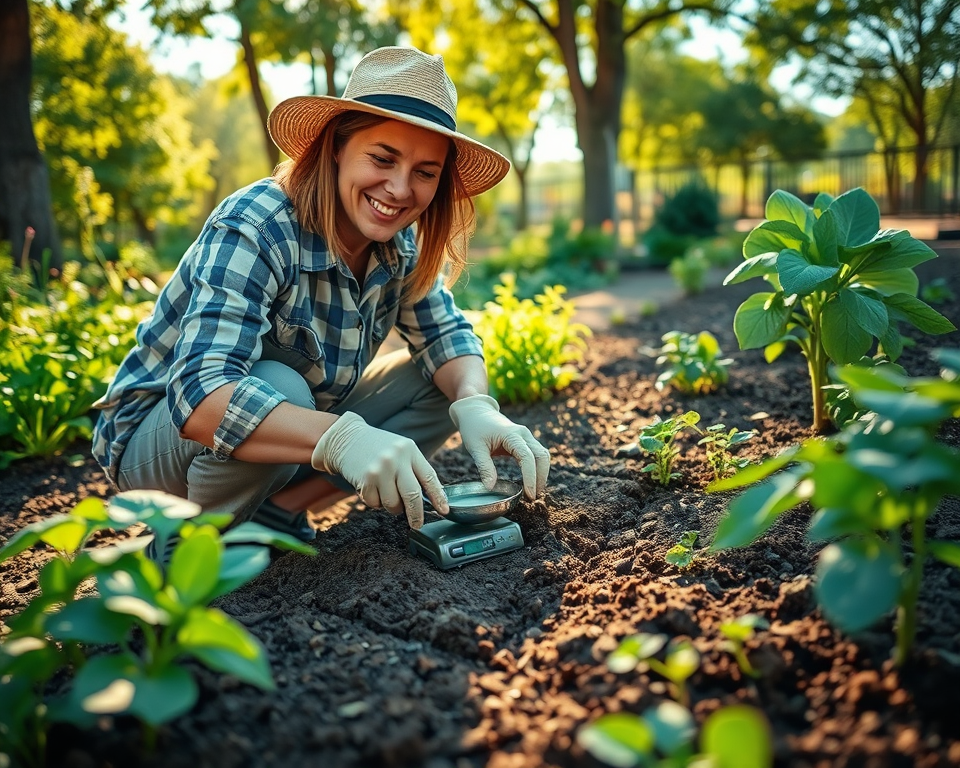Hey there! Today, we’re going to talk about how to convert something called grams into fluid ounces. This is super useful, especially if you’re into gardening and want to measure different ingredients to help your plants grow, or maybe if you’re making your own compost tea!
First, let’s understand what grams and fluid ounces are.
- Grams are a way to measure weight. It tells us how heavy something is. Imagine lifting a bag of soil; if it says it weighs 200 grams, you know how heavy that bag is!
- Fluid ounces, on the other hand, tell us about volume—how much space a liquid takes up. It’s like when you pour water into a cup — you’re measuring how many fluid ounces are in that cup.
Now, here’s how we can convert grams to fluid ounces! The conversion depends on what you are measuring, because different liquids weigh different amounts. For example, 1 ounce of water weighs about 29.57 grams. So to convert 200 grams of water to fluid ounces, we can use the following math:
$$
\text{Fluid Ounces} = \frac{\text{Grams}}{29.57}
$$
Now, if we plug in the number of grams (200) into our equation, we get:
$$
\text{Fluid Ounces} = \frac{200}{29.57} \approx 6.76
$$
So, 200 grams of water is about 6.76 fluid ounces. If you’re working with other liquids, like oil or juice, the conversion might be a bit different because they can be heavier or lighter than water.
Here are 7 objects that are exactly equal to 200 grams when weighed:
- A medium-sized tomato (usually around 200 grams).
- About 1 cup of granulated sugar.
- A small potato – depending on the size.
- A standard-sized lemon.
- ½ cup of cooked rice.
- A small bar of soap.
- A large egg (the yolk and white combined).
Remember, when you’re gardening, knowing these conversions can help you measure out the right amounts of water or nutrients for your plants! Happy gardening! 🌱
